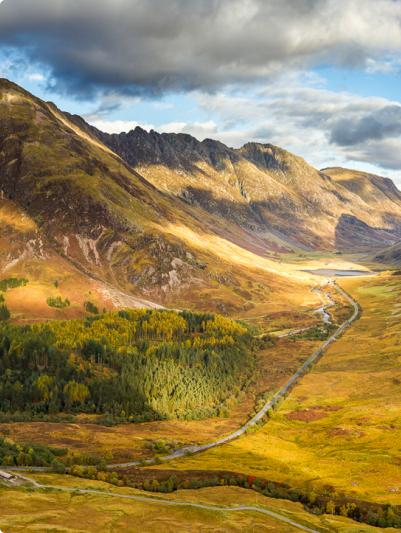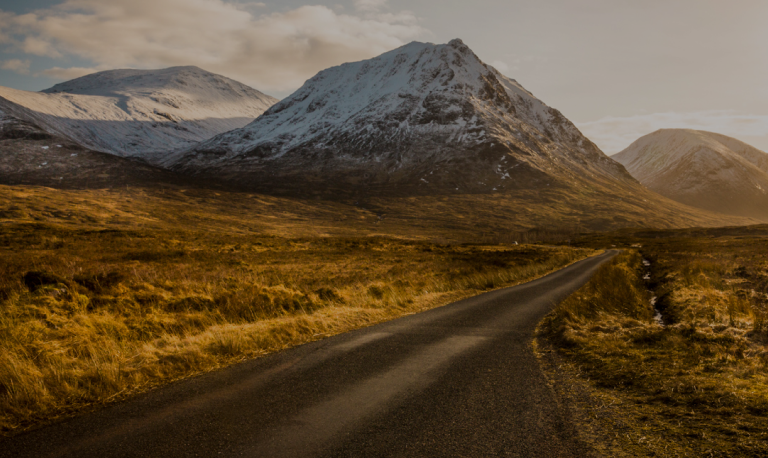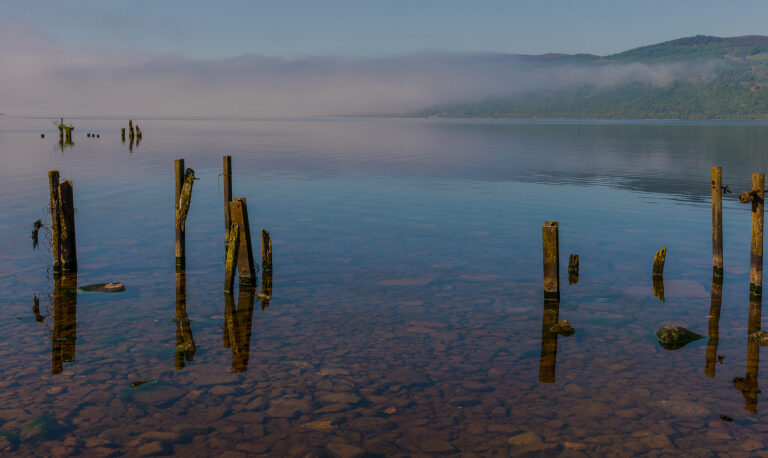The 10 Most Beautiful Castles in Wales
Wales is a land steeped in history, myths and legends. You can relive the country’s great tales through its incredible castles, where stories of the past echo out, stirring the imagination and allowing you to step back into a different time.
It is well known that this small country has more castles per square mile than any other in Europe. In medieval times it is estimated that there was one castle for every 12 square miles!
To celebrate the launch of our fantastic new self-drive holidays in Wales, we have put together a list of some of our favourite Welsh castles – each amazing and unique in its splendour or ruin. These castles span the history and length of the country keeping in common their fantastic locations, with views that will absolutely take your breath away!
Conwy Castle
A walk around the battlements of Conwy Castle in North Wales will transport you back to the late 13th century when the castle was built as part of the ‘Iron Ring’ of fortresses commissioned by King Edward I of England. The aim of his military project was to encircle North Wales in his own strongholds in order to maintain control over the region.
Surrounded by cobbled, medieval streets, Conwy Castle is a UNESCO World Heritage Site and sits overlooking the Conwy Estuary, with impressive views from each of its 8 towers reaching out across the Welsh countryside.
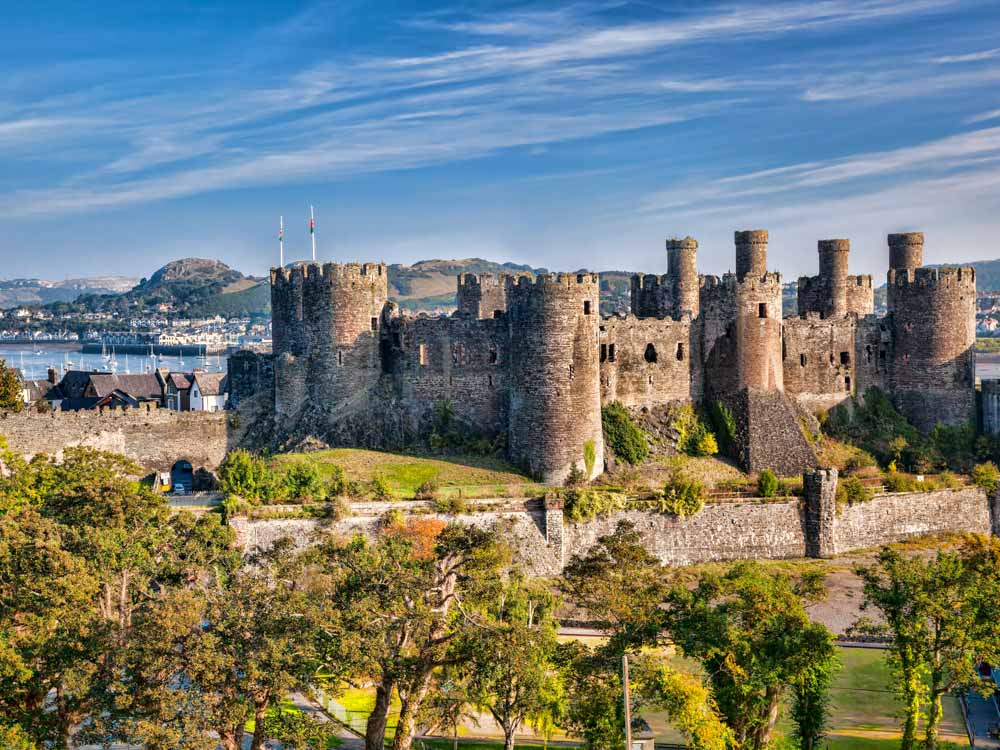
Castell Coch
The childhood favourite of Absolute Escapes’ co-founder Andy Gabe, Castell Coch is the epitome of a fairytale castle, emerging proudly from the surrounding Fforest Fawr.
It is distinct from many other Welsh castles as it was built in a Gothic revival style in the 1870s, replacing the previous Norman structure with a grand, countryside residence designed for leisure.
The castle can be found just north of the bustling Welsh capital city of Cardiff, and the interior is one of true splendour with rich furnishings and dazzling interiors.
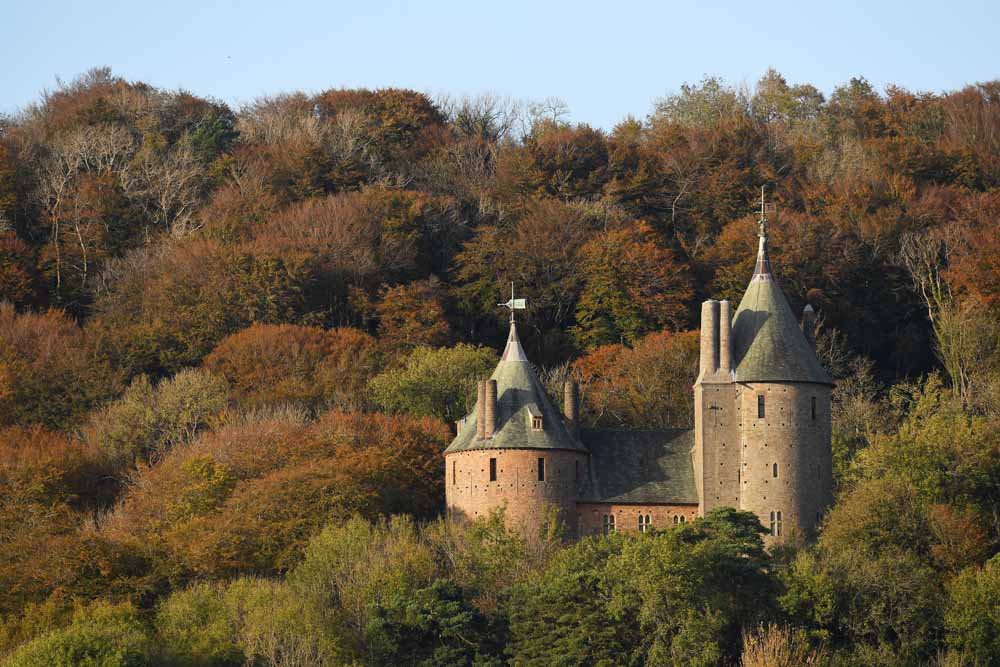
Powis Castle
Powis Castle is a beautiful royal manor house located near Welshpool on the Offa’s Dyke Path – a famous long-distance walking trail which runs alongside the English / Welsh border.
The biggest draw here is the world-famous Baroque-style gardens and landscaped estate containing many rare plants and centuries-old yew trees. Inside there is a fantastic collection of paintings, furniture and Indian artefacts.
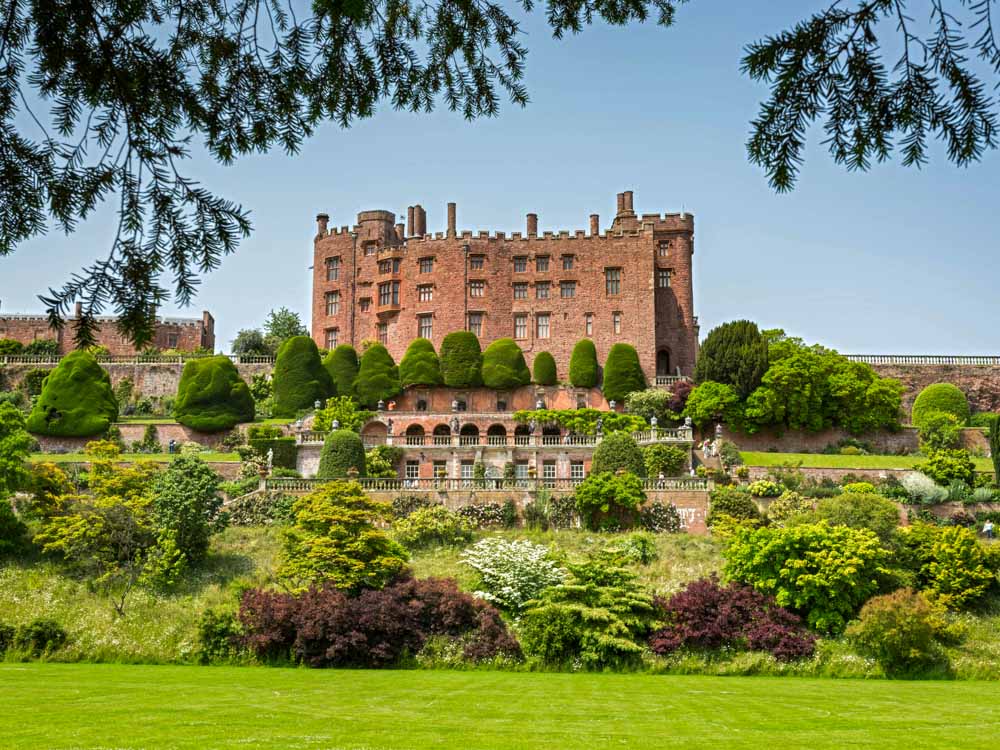
Cardiff Castle
A city-centre attraction, Cardiff Castle has a long and fascinating history. It is estimated that the first Roman fort here was established here around 50 AD, and the remains of the final fort can still be seen today.
Though the castle and surrounding parkland have changed hands many times since then, the castle you’ll find today most closely resembles the luxurious refurbishment carried out by the 3rd Marquess of Bute in 1866. The castle currently belongs to the city and operates as a tourist attraction, offering fine views across the city from its battlements.
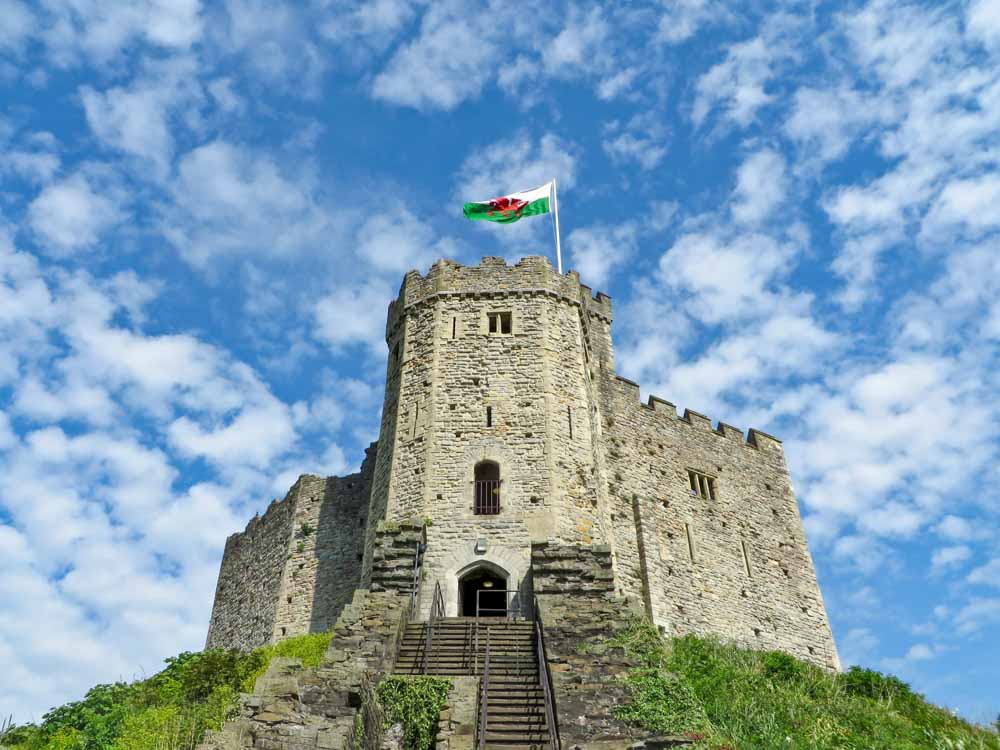
Beaumaris Castle
Another castle of the infamous Iron Ring, the enormous Beaumaris Castle has a unique location beside the Menai Strait on the Isle of Anglesey – a wonderful discovery for those driving the Snowdonia 360.
The castle was designed as the flagship of Edward I’s military architectural masterpiece, however, never quite reached completion. That said, the castle is widely considered the greatest among those of its time for its immense size, near-perfect symmetry, and water-filled moat.
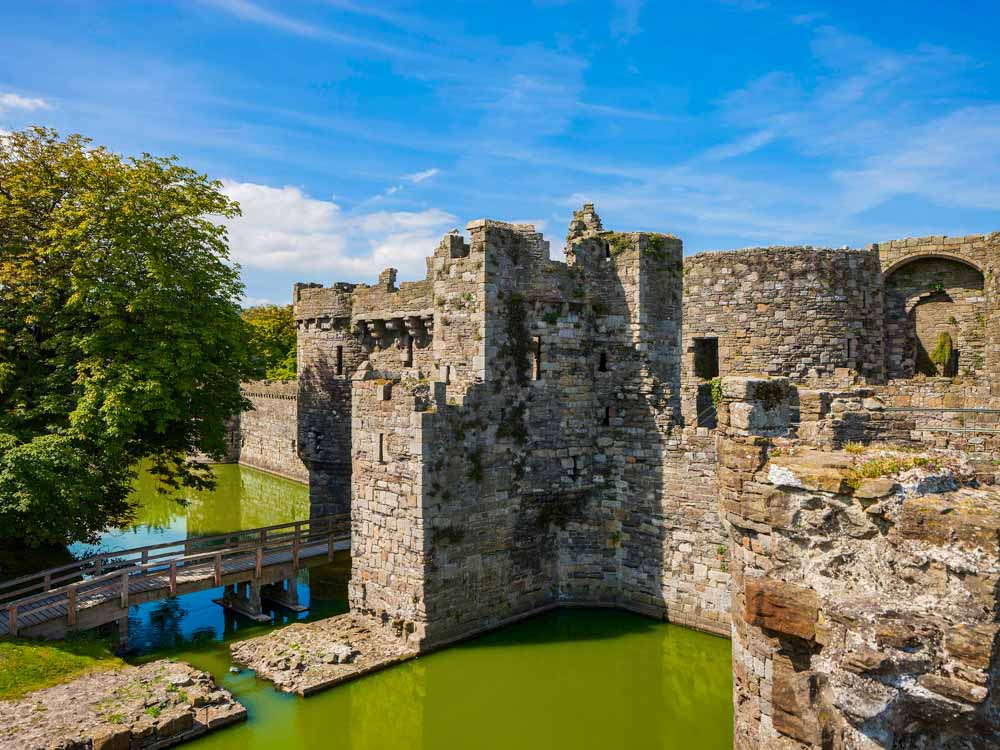
Pembroke Castle
Located in the delightful county of Pembrokeshire in south west Wales, the medieval Pembroke Castle is surrounded on three sides by water and boasts beautiful views of the exquisite coastline. Extensively restored in Victorian times, Pembroke is now one of the best-preserved castles in Wales.
The castle has a thousand years of history but is perhaps best known as the birthplace of Henry VII (or rather Henry Tudor) in 1457, who went on to become England’s first king from the House of Tudor.
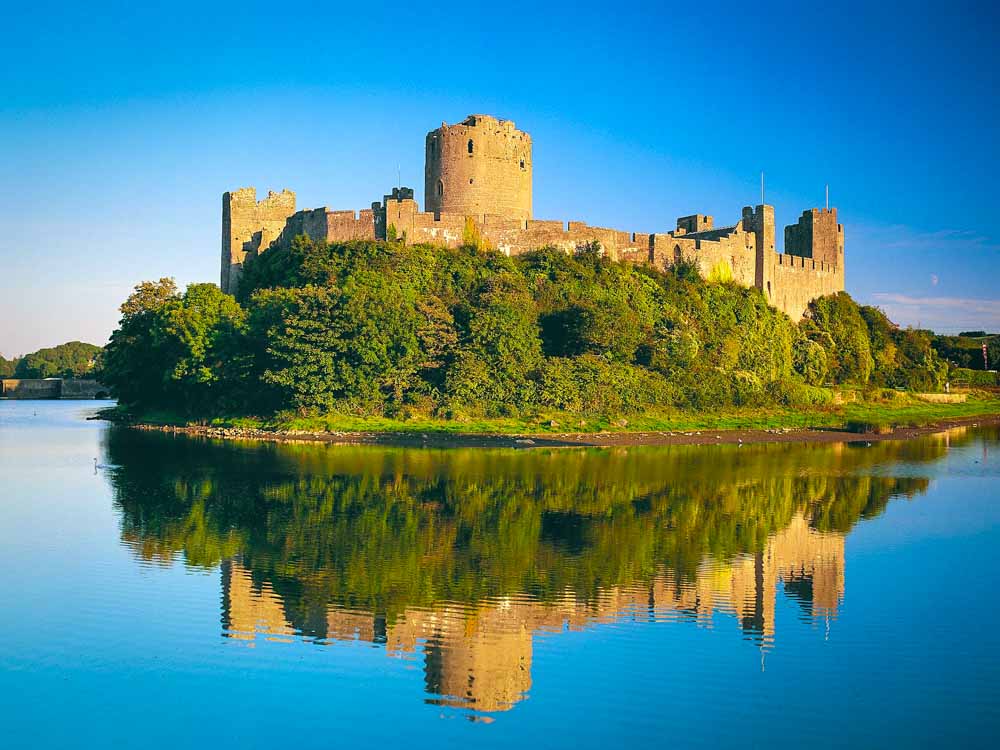
Castell y Bere
There is something irresistibly romantic about a castle with a mountain backdrop! Castell y Bere sits in a remote and wild location at the foot of one of South Snowdonia’s most popular peaks – Cader Idris.
Built by Llywelyn the Great, the now ruined castle sits on a flat rock carefully watching over the green valley below.
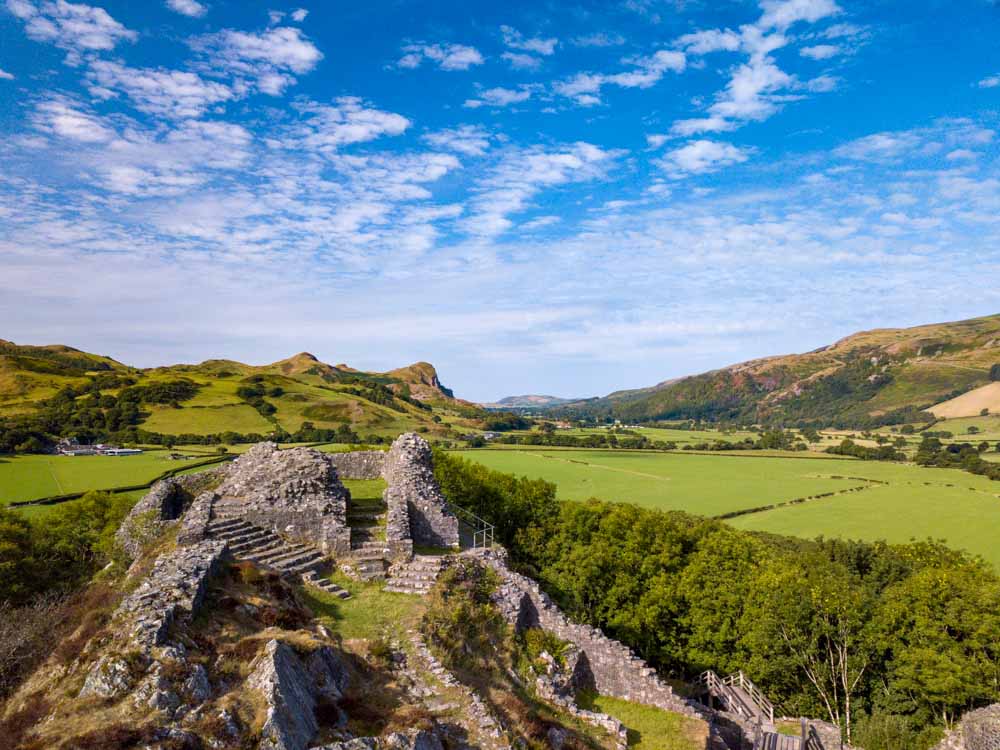
Harlech Castle
Another spectacularly situated Snowdonia castle is Harlech, an Edward I-era coastal fortress which once held the court of Owain Glyndŵr – a legendary Welsh leader who found a war of independence against the English.
A floating footbridge takes you inside and the castle’s 200-foot stairway leads from the castle to the cliff base below, used in the past to bring in supplies for besieged castle residents.
Many may recognise Harlech from the “Men of Harlech” song, which is considered an alternative Welsh national anthem. The song memorialises a siege which took place at the castle during the War of the Roses and features in the movie Zulu.
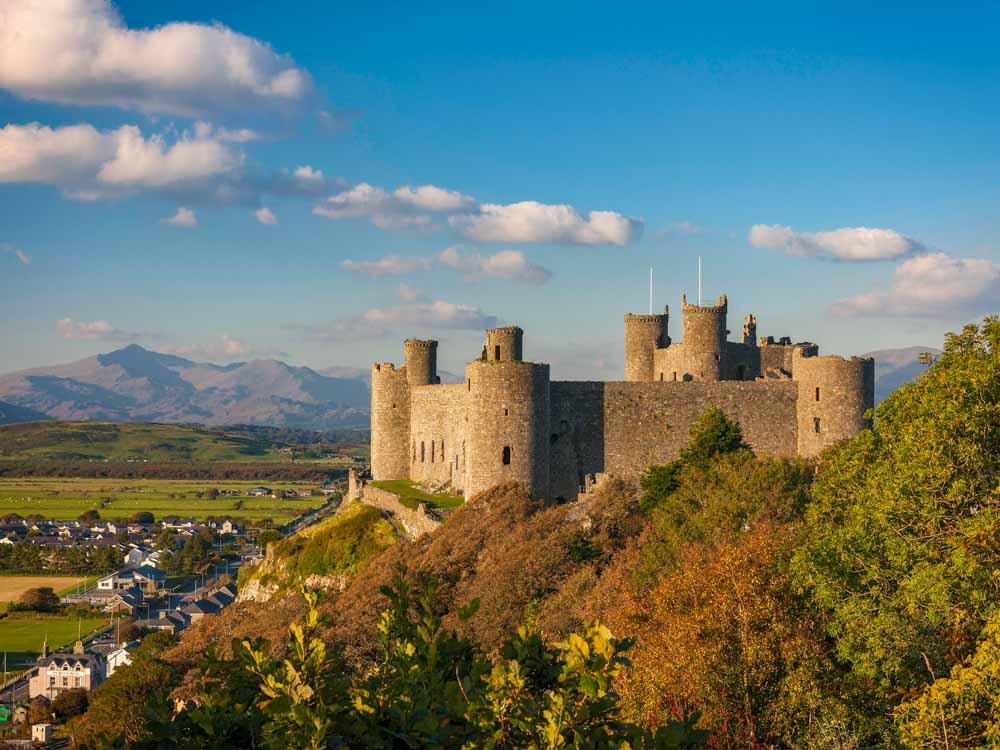
Carew Castle
Back in Pembrokeshire, Carew Castle and tidal mill overlooks a 23-acre millpond and is a favourite of artists due to its picturesque setting.
Carew has a 2000-year-old history taking it from Norman stronghold to an Elizabethan-style country house. We recommend following an exploration here with a visit to the Carew Inn across the road!

Caernarfon Castle
This is often the castle most synonymous with Wales and it’s easy to see why. Caernarfon Castle is incredibly majestic and the surrounding town fuels the imagination – transporting you back hundreds of years with its cobbled streets and pretty stone pubs.
With a long and turbulent history, it is most famous in recent years as the location where Prince Charles was invested as Prince of Wales in 1969 – a moment revisited more recently in the Netflix series ‘The Crown’.
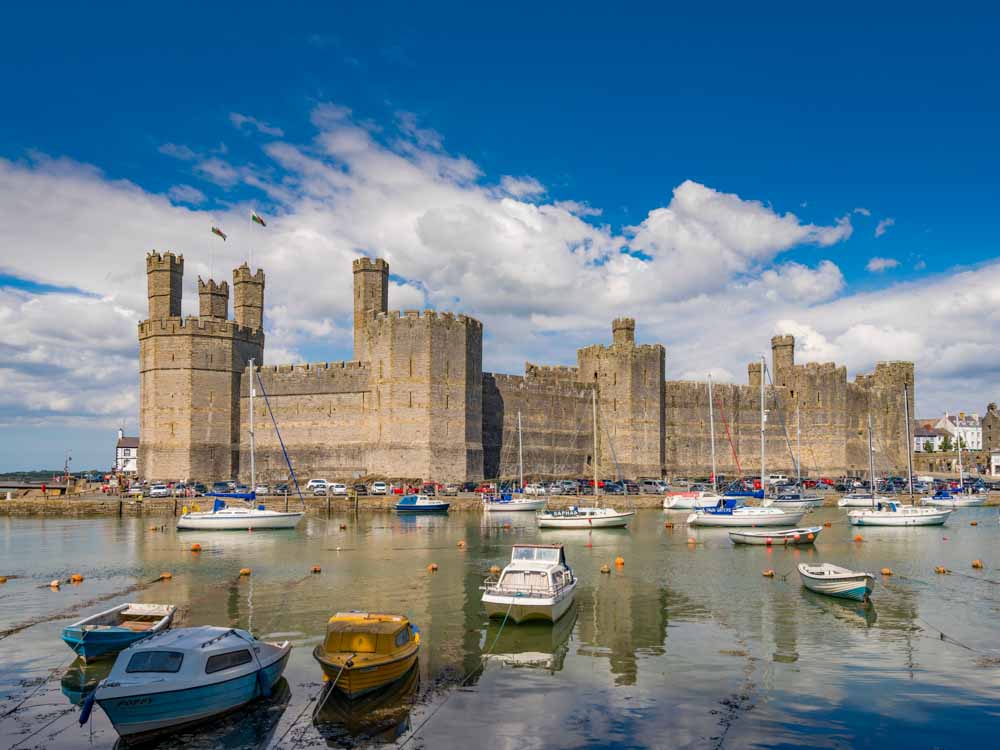
Discover the great castles, history and landscapes of Wales on a self-drive holiday through this wondrous country.
Caitlin Rush
Discover Wales
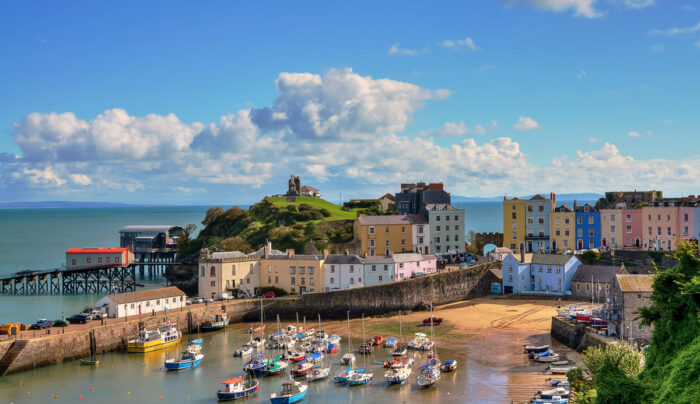
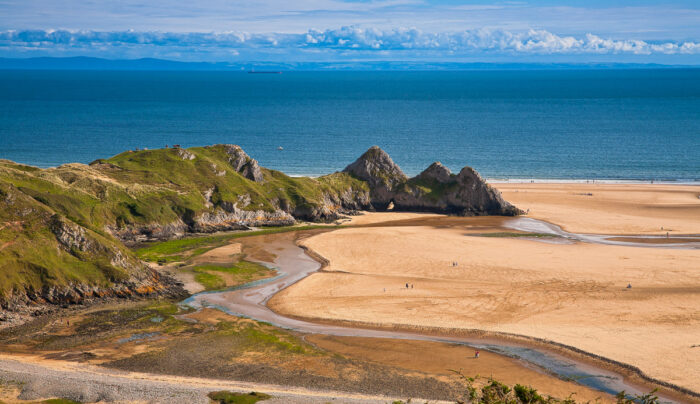
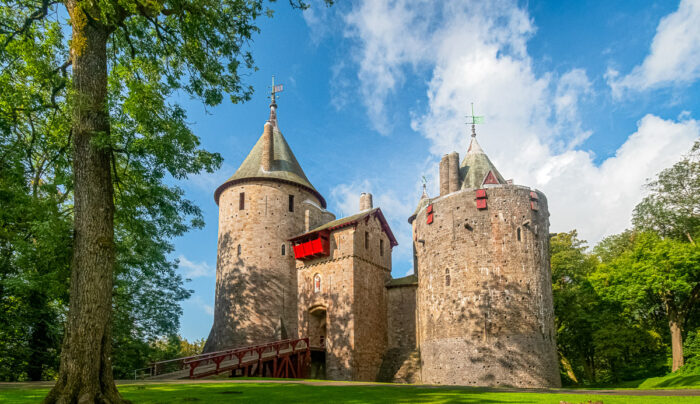
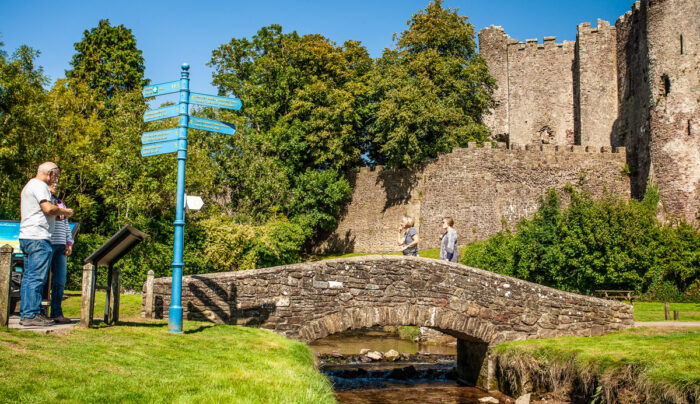
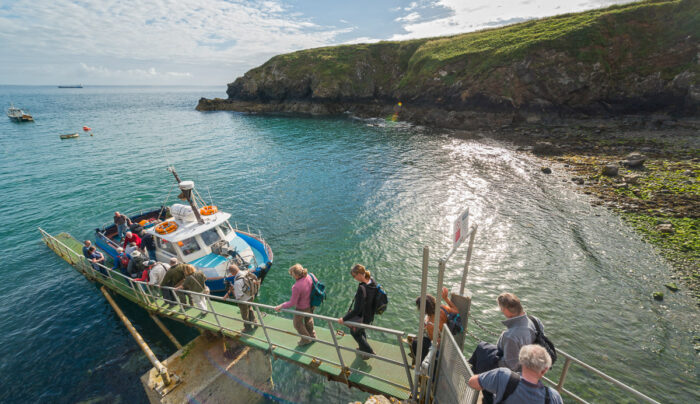
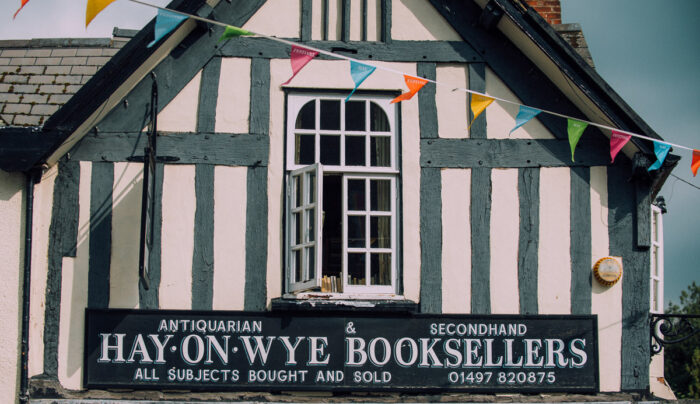
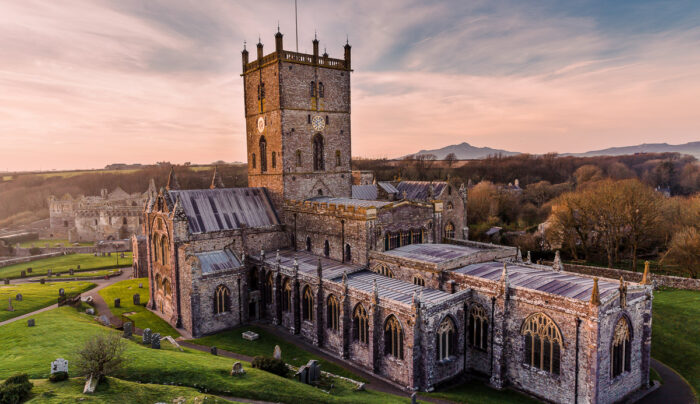
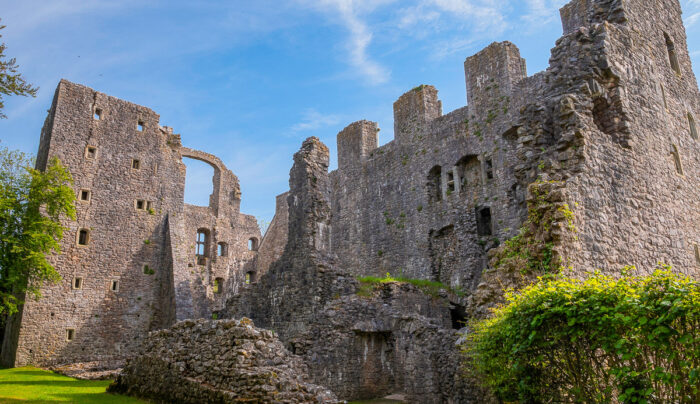
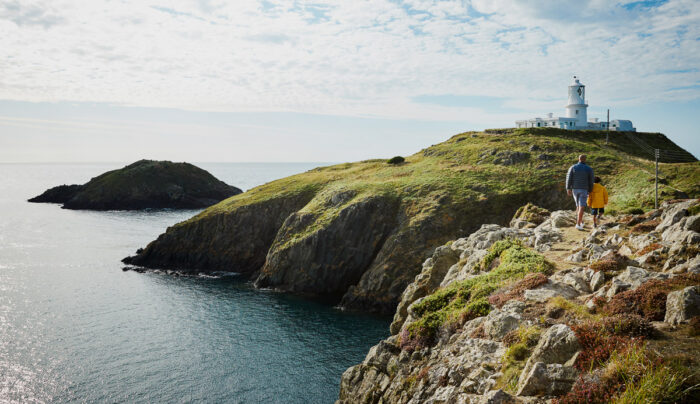
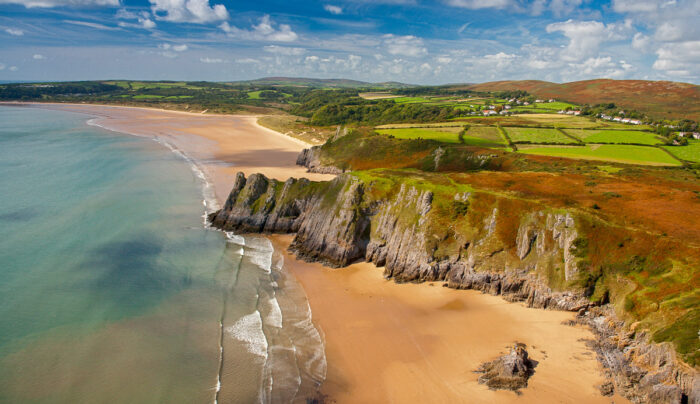
- Cardiff Castle, Castel Coch and Cardiff Bay
- The beautiful coastline of the Pembrokeshire National Park
- The dramatic green landscapes of the Brecon Beacons National Park
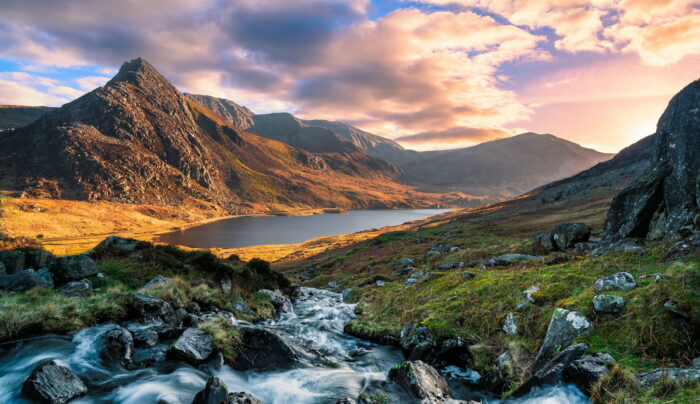

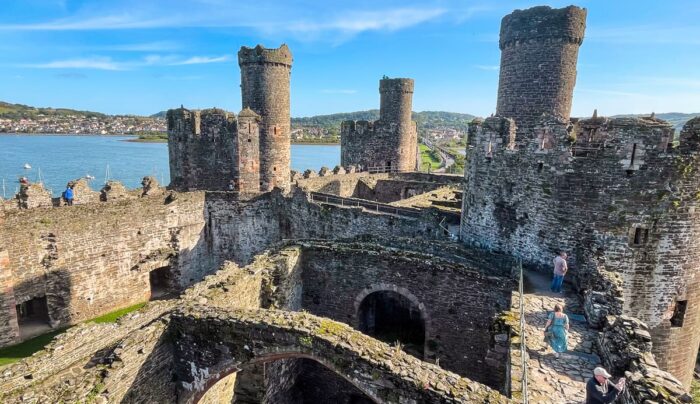
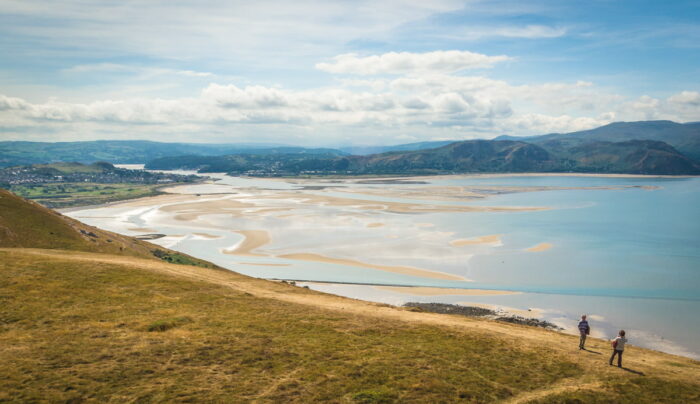
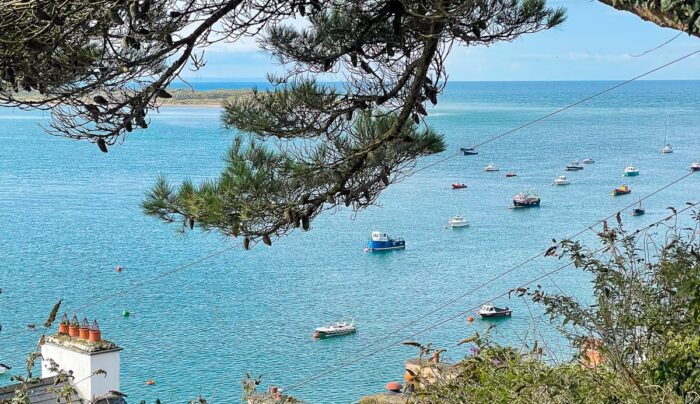
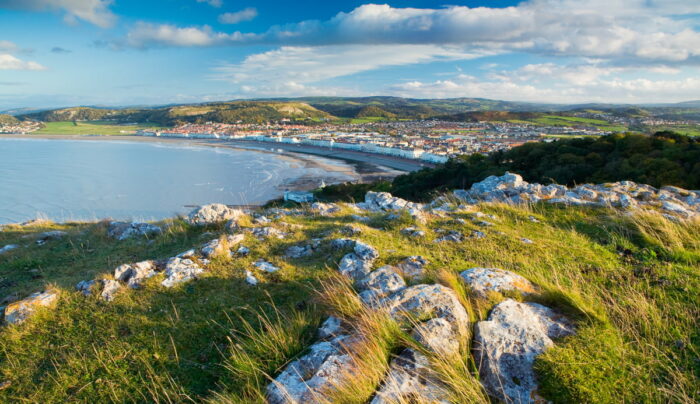
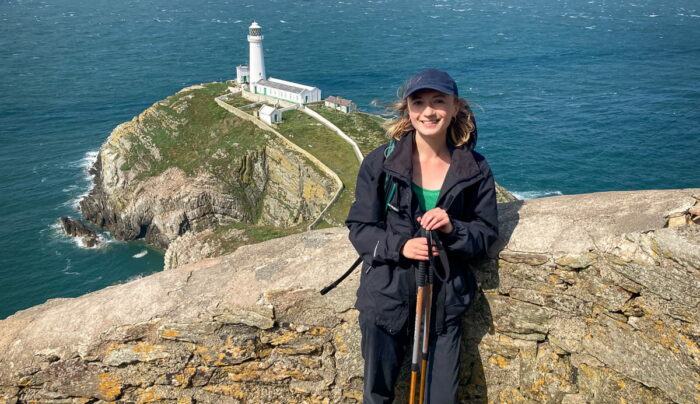
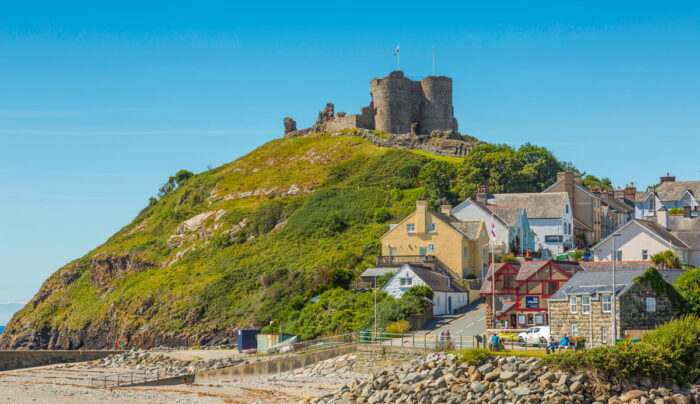
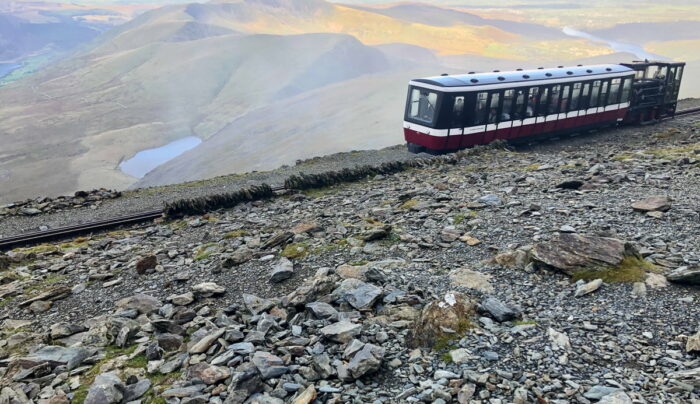
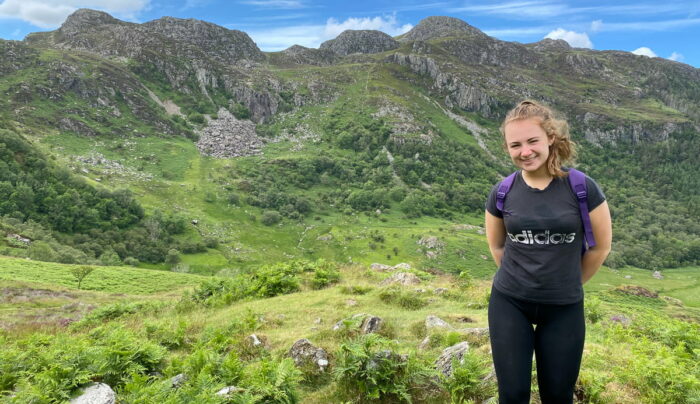
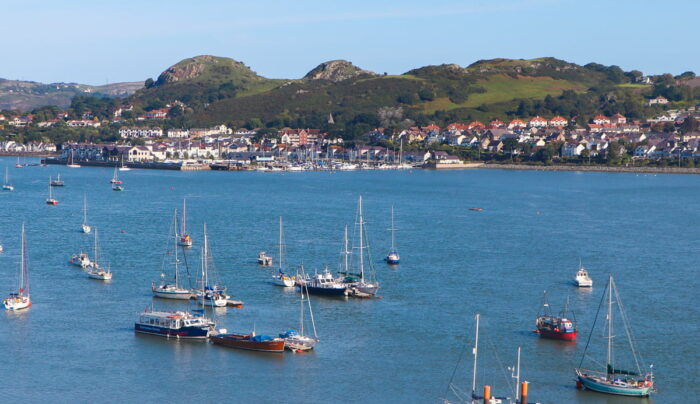
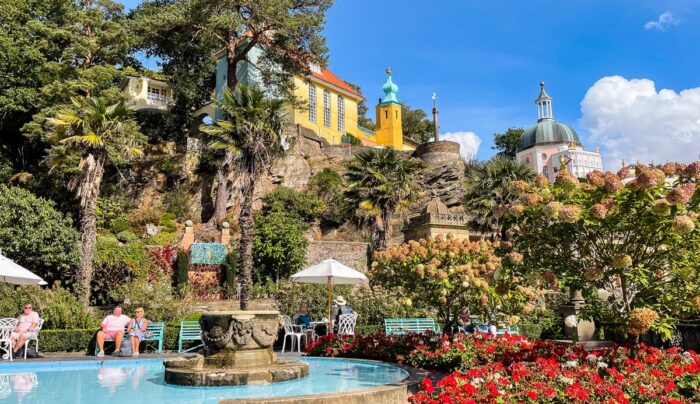
- Visit the magnificent castles of North Wales including Caernarfon and Conwy Castles
- Blue flag beaches are everywhere across the Llŷn Peninsula and the Isle of Anglesey
- Explore mountains, rivers and woodland in the majestic Eryri (Snowdonia) National Park
